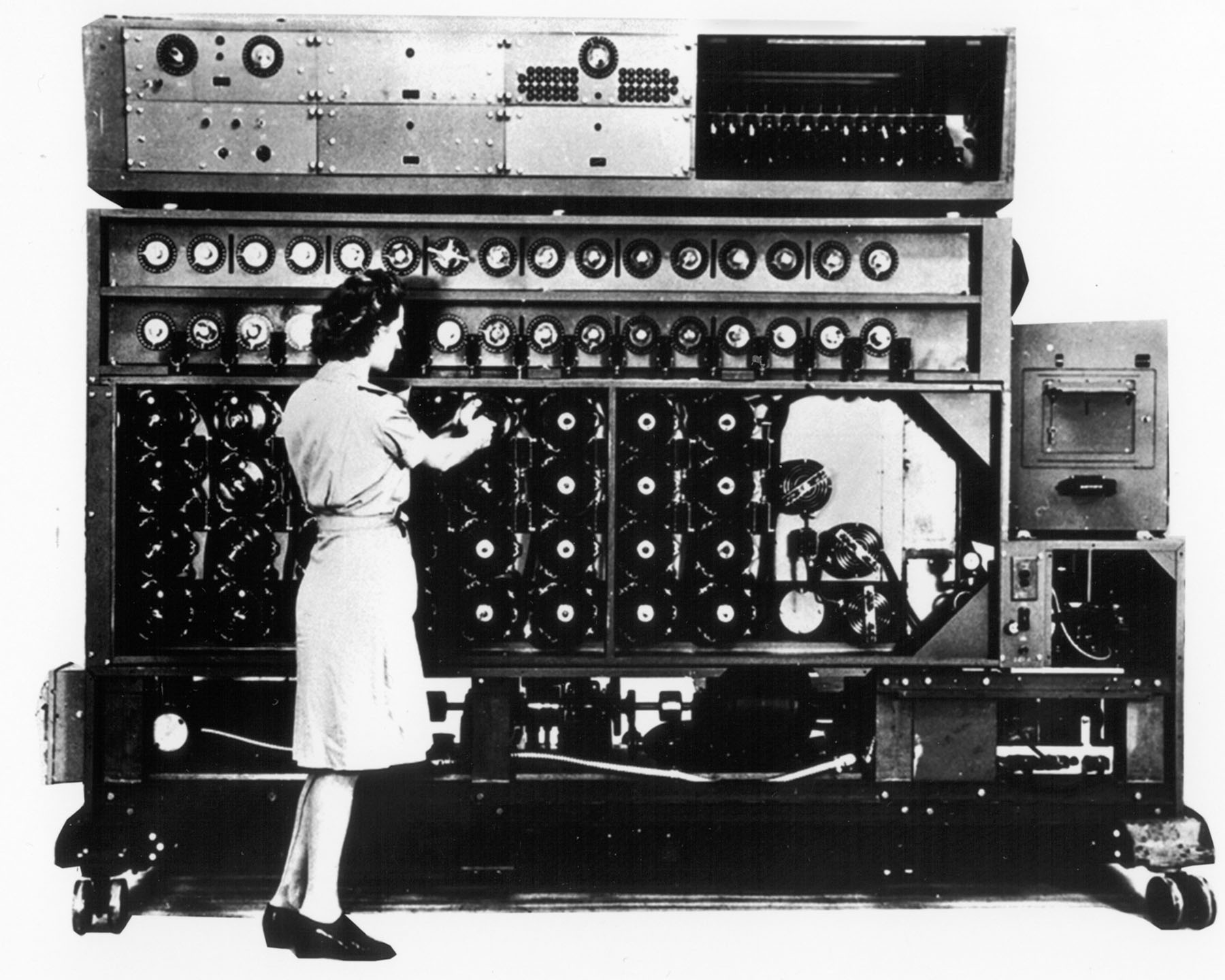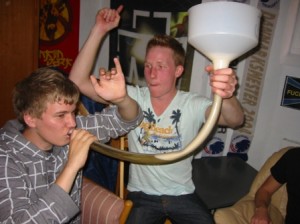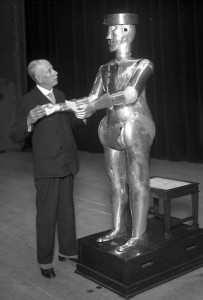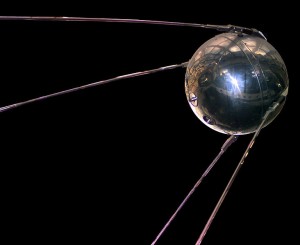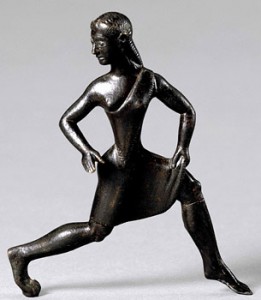
"Guy with 3-foot dick."
sexual oddities – $25 (philadelphia, pa)
SEXUAL FREAKS OF NATURE
Did I get your attention? Long ago a wise man once said, “Seeing is believing.” I am now going to put that to the proof. I am offering a series of video tapes for any standard VHS. In the early 1970’s, some genius rounded up a series of sex freaks and taped them doing their thing. These tapes can’t be had for love or money, after all, we are now living in a DVD world. A lot of things recorded long ago on a vanished medium are going the way of the saber-toothed tiger. BUT, some of us far-sighted individuals kept their precious recordings, and now I am in a position to hand down my hoarded collection.
What am I offering. Simply, video tapes of extremely gifted individuals.
1) Freaks of Nature No. 4 a) The Blob. A middle aged guy, slightly overweight, with a penis approx. 1 foot long and as thick around the base as a grapefruit, being worked on by a buxom female.
b) Ron Jeremy with a big-breasted babe, who then milks herself.
c) Hard core hermaphrodite scene
d) Double-dicked gent who eventually cums from both members.
e) Two very lucky guys, one with a dick head the size of a mushroom, and the other with a 3 foot long penis.
f) An oriental guy with a 3 foot dick gets oral sex, then balls himself
g) Another scene with The Blob
h) A babe with enormous breasts services two herms, one with a dick 2 feet long.
i)Another scene with a guy with two dicks
j) Rom Jeremy and a chick with wonderful vaginal muscle control
k) Another scene with mushroom head and a 3 foot long dicked guy
2) Best of Dixie Dynamite and Long Dan Silver. WOW, talk about a combo! Dixie Dynamite is some chick with breasts like water melons, damned if I can figure out how she sleeps. She had a brief appearance on the Howard Stern Show once upon a time. He couldn’t keep his eyes off of her. Long Dan Silver has to be one of the luckiest guys born (other than Bill Gates). Honestly, I don’t know why he doesn’t faint when he gets a hard-on. It’s so big he can’t fit it into a very willing chick’s pussy. CHECK THIS OUT!
3) Freaks of Nature No. 6 a) A 102 y/o man has sex with a young blond.
b) Girl with 3 inch nipples having fun with another girl’s pussy
c) Guy with two dicks
d) Sex with chubby chicks
e) Guy with super long tongue – at least a foot long – having fun with chick’s pussy
f) Nice lactating tits
g) Guy with 3 foot dick takes it up his butt
h) Return of The Blob
i) Two hermaphrodites, one with a 2 foot long dick
k) Double penetration he – shes
l) Double dicked gent, again
4) King Kong Dongs – Series of scenes of eye-poppingly giant cocks being serviced by a bevy of slurp-tongued beauties.
5) Six Girls and Long Dan Silver – A lucky, lucky, lucky, lucky, lucky, lucky guy with a cock half again as big as a Louisville Slugger.
6) Robo Cock – Our friend again: Long Dan Silver
7) King Kong Dongs No. 2 – More scenes of disgustingly endowed men and their vixens.
8) Double Penetration He Shes – Two scenes of hermaphrodites having fun with each other and a third person. The blond’s dick is easily 2 feet long, and she flexes it to prove it’s real.
9) Freaks of Nature No. 5 – more scenes featuring John Holmes, super long tongue, a girl born with two dicks, Wendy Whoppers, The Blob, and more guys with three foot dicks.
10) Extreme Sex – no sex freaks, just a porn flick I,ve enjoyed more than most.







